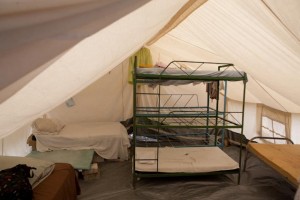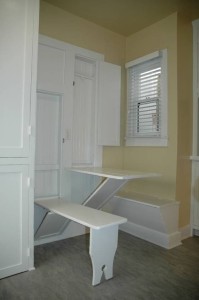The Colorado State Capitol Building in Denver is the first and only LEED certified capital building in the country, and the first ever to receive a LEED Existing Buildings Operations and Maintenance certification. Read the below excerpt from Inhabitat.com and see their behind the scenes look into our State Capitol.
“The HVAC systems are a mixture of new boilers and chillers, old radiators and ducts, and retrocommissioning. One example of energy savings is how, by taking advantage of the thermal mass, engineers can flush excess heat that the building gained throughout the day out at night.”
 Inhabitat next showed us the “the attic of the Capitol where an elegant series of skylights flood the two main halls. From below an etched glass ceiling hides a second glass roof protecting the first.”
Inhabitat next showed us the “the attic of the Capitol where an elegant series of skylights flood the two main halls. From below an etched glass ceiling hides a second glass roof protecting the first.”
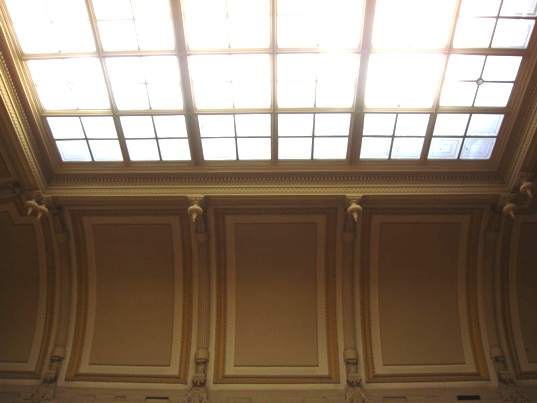 “From the top level of the gold-leafed dome, you can just make out the 10Kw solar panel array on the roof below. These SMA Solar Power Inverters convert that energy to the building’s electrical grid. This is a relatively small array but is as symbolic as it is practical.”
“From the top level of the gold-leafed dome, you can just make out the 10Kw solar panel array on the roof below. These SMA Solar Power Inverters convert that energy to the building’s electrical grid. This is a relatively small array but is as symbolic as it is practical.”
“Electrical lighting upgrades took a great deal of research to find just the right CFL lightbulbs to replace the incandescent bulbs while still maintaining the historic ambiance. Nothing is taken for granted when preserving the building’s character.”

“Ornate brass elements lace the interior, and are cleaned with a non solvent based green cleaning product required for LEED certification. In the end the cleaner cost no more than what they’d been using before.”

“The Colorado State Capitol is the first and only LEED certified capitol in the country, and the first building ever to get the LEED EB O&M certification. It earned 41 points out of the 44 that were submitted.”
Click here to read the full article on Inhabitat.com. Trilogy Partners not only believes strongly in sustainable or green building and building practices, we lead by example and we encourage our clients to embrace these philosophies. Trilogy designs and builds some of the most energy efficient homes in the country. Our sustainable construction technologies are at the forefront of the industry, and we are constantly breaking new ground in combining excellence in architecture with energy efficiency.


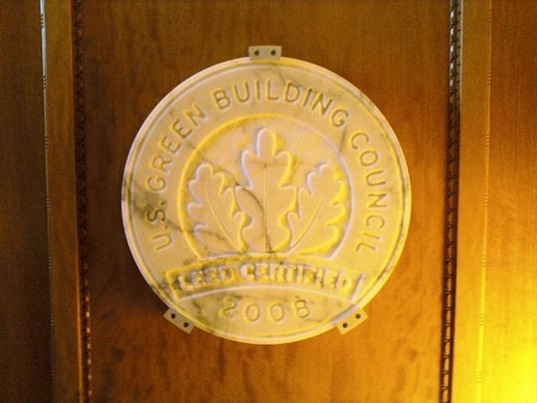









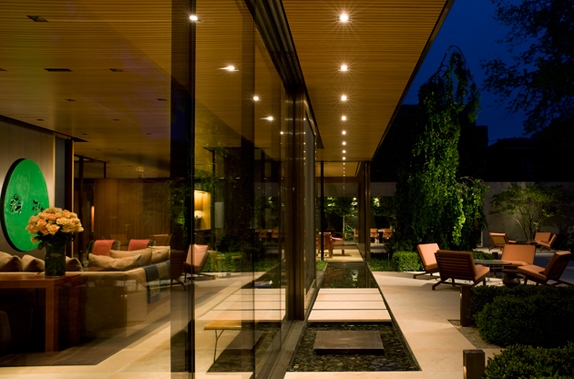
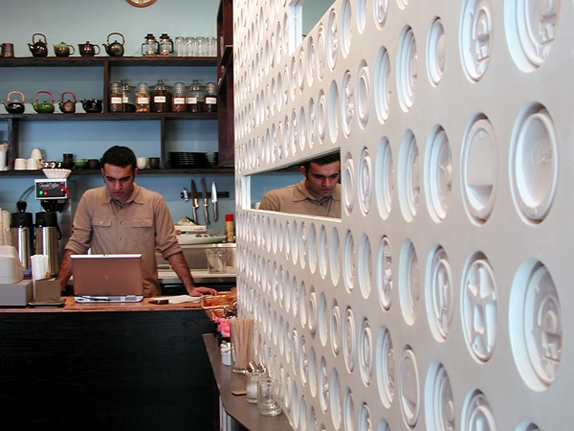
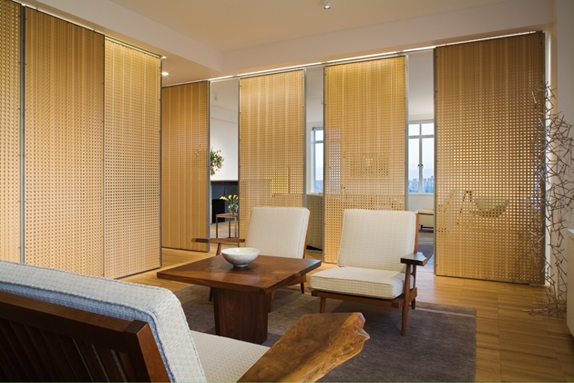

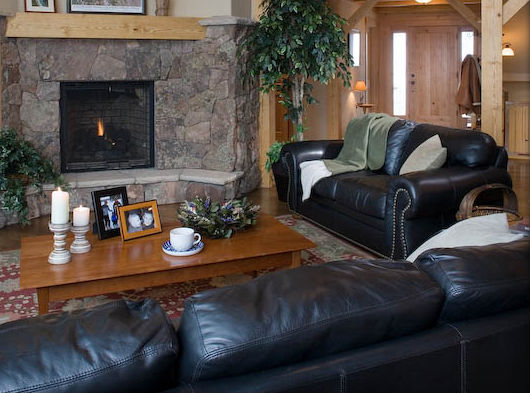
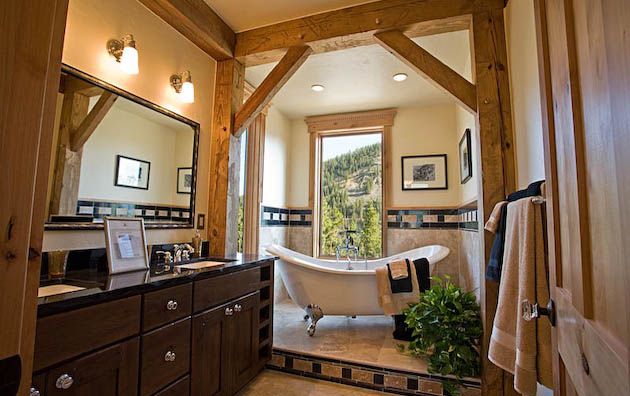
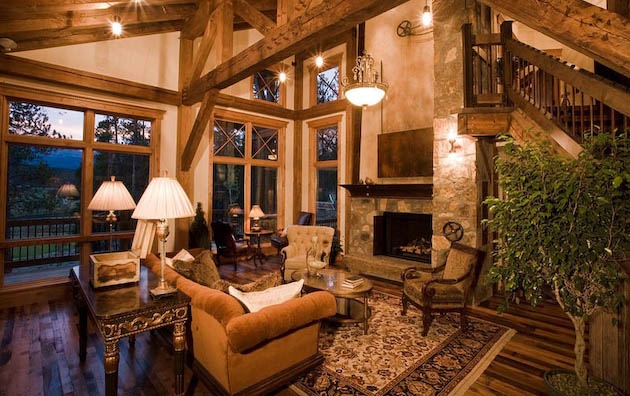
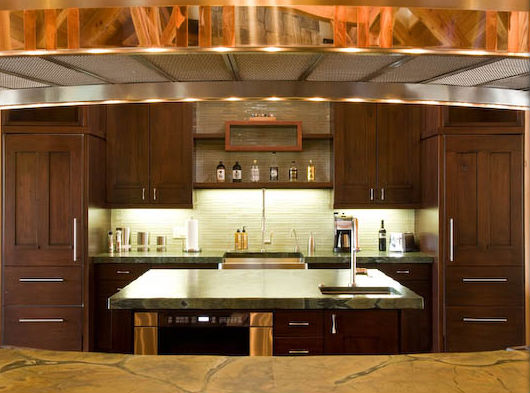
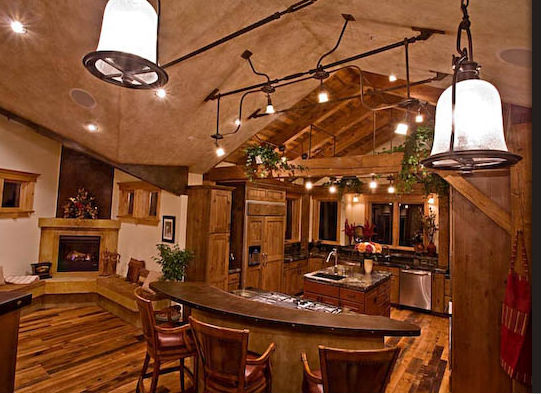
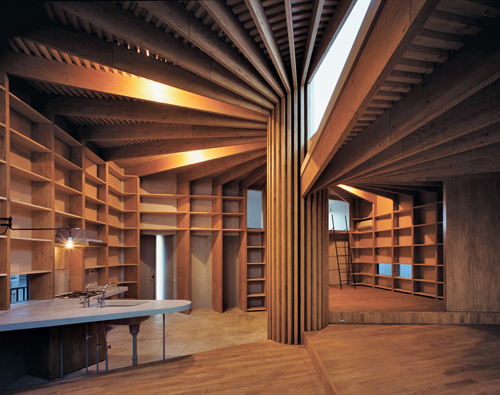
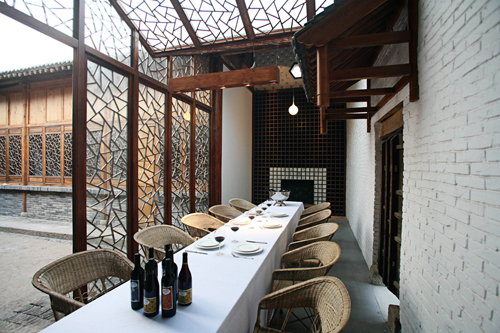
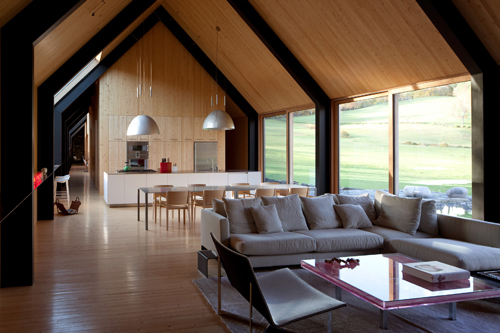
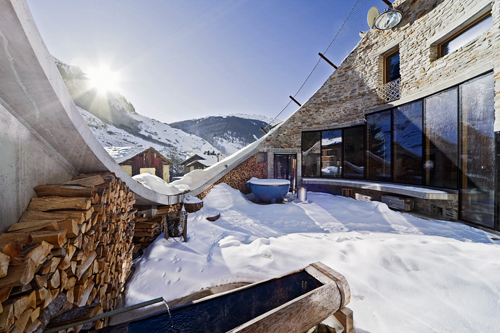
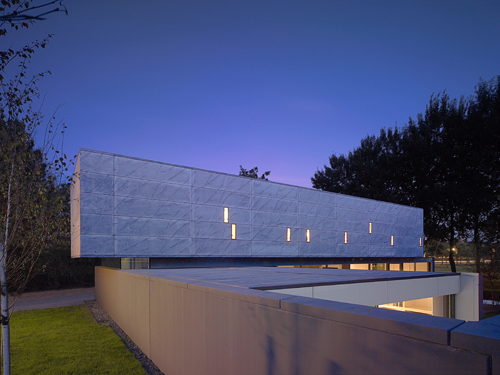

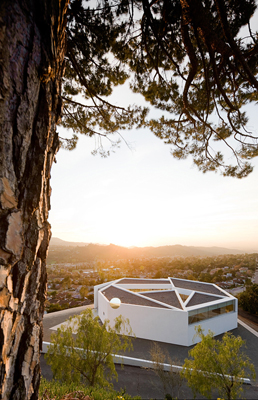
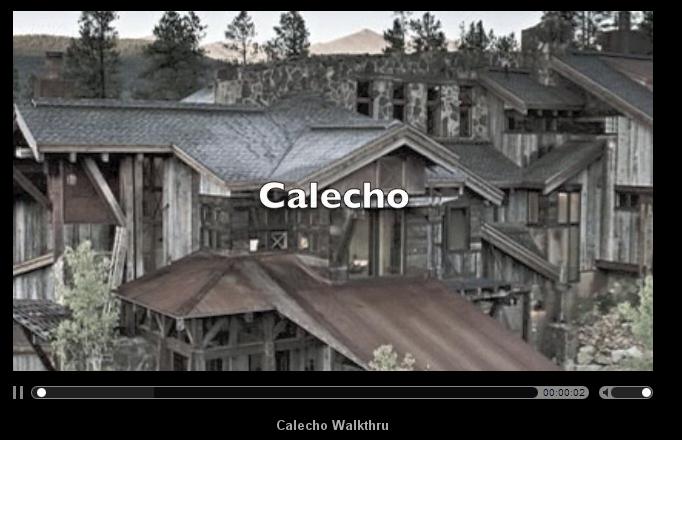
 As we move from emergency aid to long-term reconstruction, let us recognize that we cannot accept business as usual. What we envision, today, is wholesale national renewal … a sweeping exercise in nation-building on a scale and scope not seen in generations.
As we move from emergency aid to long-term reconstruction, let us recognize that we cannot accept business as usual. What we envision, today, is wholesale national renewal … a sweeping exercise in nation-building on a scale and scope not seen in generations.
